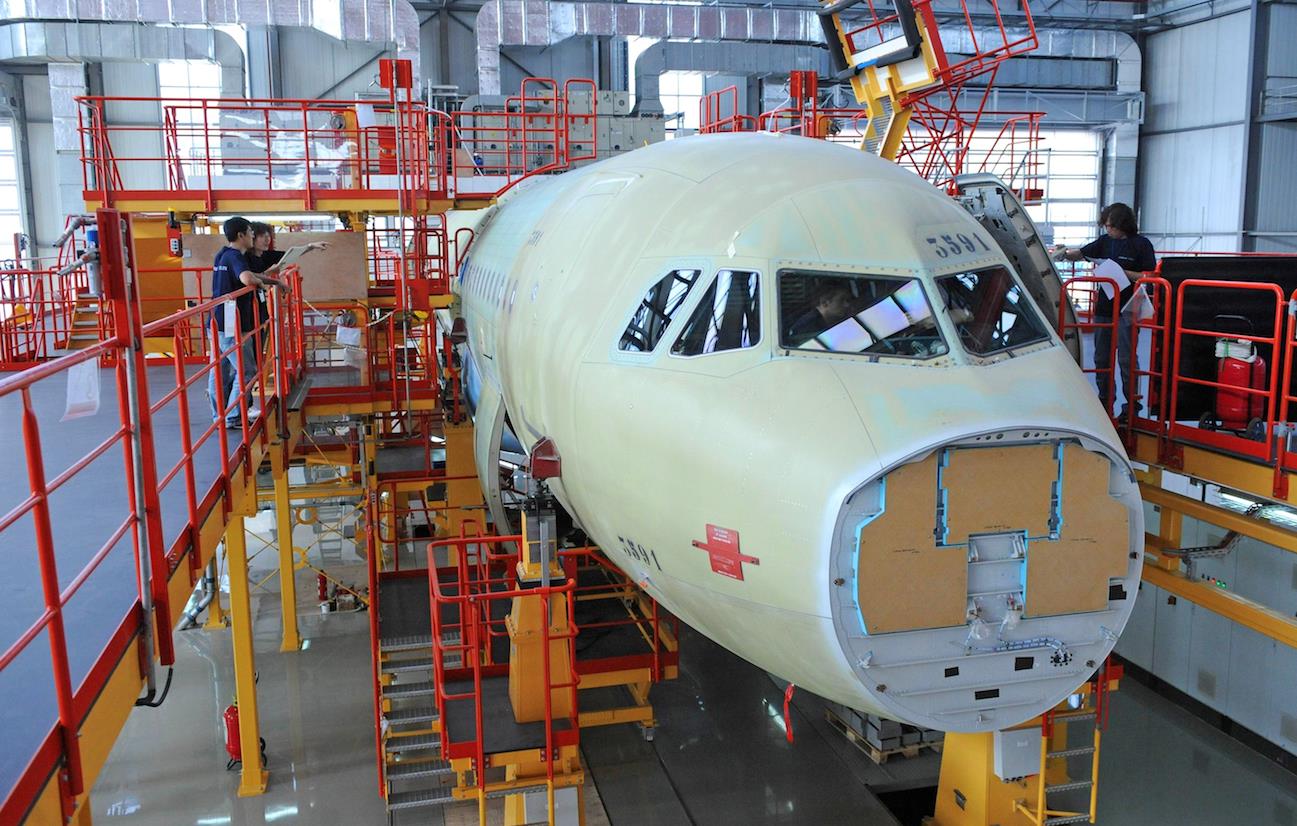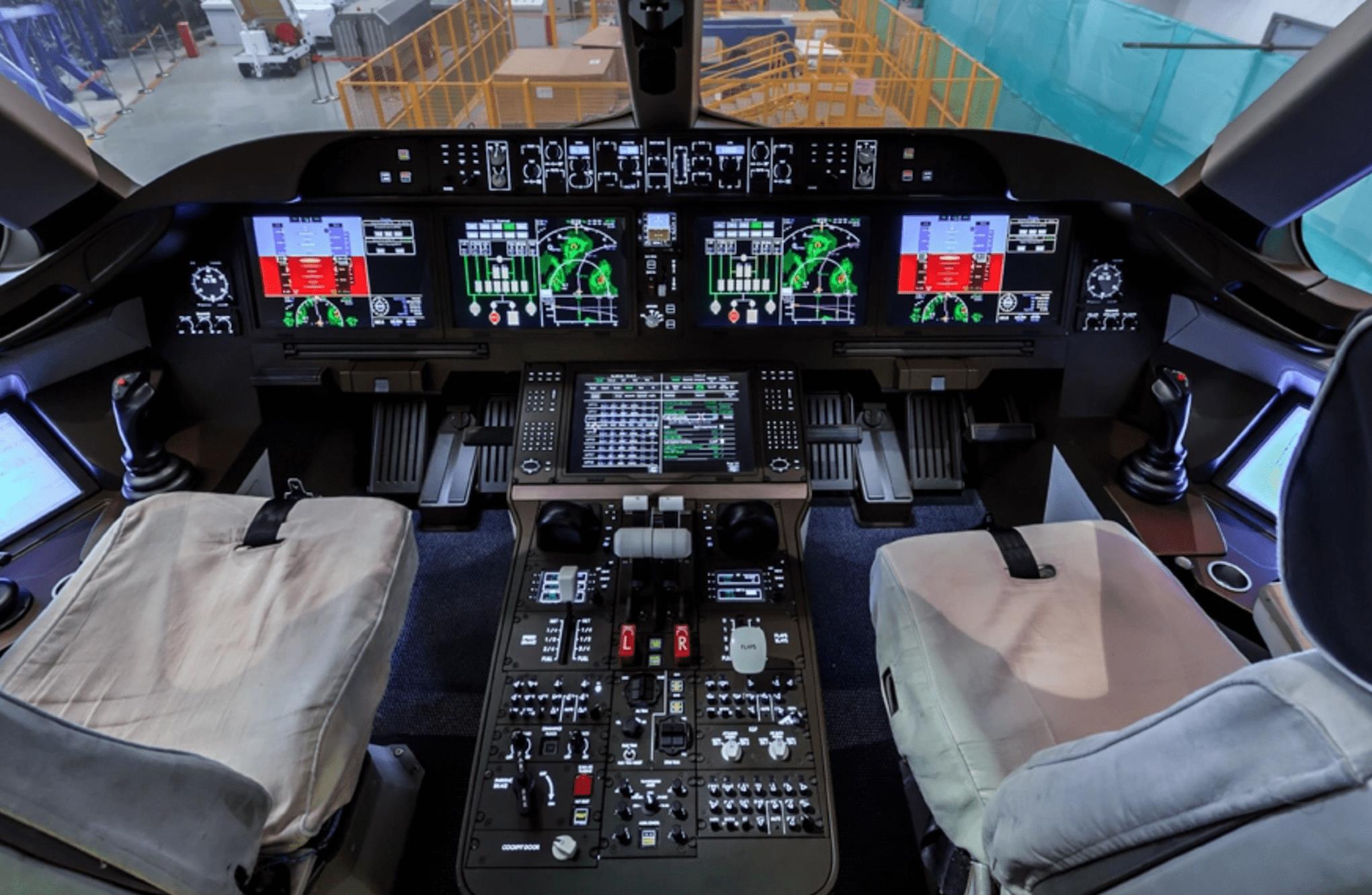(MENAFN- Asia Times) China's Comac C919 passenger jet made its first commercial flight from Shanghai to Beijing on May 28, completing a state-backed development, manufacturing and qualification process dating back to 2007 that now promises to shake up the global civil Aviation business.
China Eastern Airlines, the local airline that flew the plane's first flight, took delivery of the C919 last December. The short- to medium-range plane is expected to go head to head soon with the Airbus A320 and Boeing 737 for local sales and global markets.
One passenger reputedly told China's Communist Party-run Global Times:“I am so excited to be one of the first passengers to fly on the C919. I am so proud that China now has such advanced aircraft manufacturing industry.”
The state-run Beijing Daily triumphantly declared:“After generations of endeavor, we finally broke the West's aviation monopoly and rid ourselves of the humiliation of '800 million shirts for one Boeing.'”
Critics were quick to note that the C919's engine, avionics and other key components are procured from US and European suppliers. The Wall Street Journal, for one, reported the C919“faces a steep path to success.”
But the fact remains that Comac's assembling of a modern passenger aircraft marks a major Chinese accomplishment.
To put things in one comparative perspective, Japan's Mitsubishi Regional Jet, also announced in 2007, has suffered numerous humiliating setbacks and was embarrassingly renamed Mitsubishi SpaceJet before it was altogether canceled in February of this year.
A comparison with Boeing is also instructive. Airbus took a slight lead over Boeing in the China market a decade ago, but the gap abruptly widened in 2019 after Boeing 737 MAX aircraft crashed in Indonesia and Ethiopia due to defective flight control software.
In 2022, Airbus sent more than 100 aircraft in China while Boeing delivered fewer than 10. US-China trade tensions also appear to have contributed to boeing's poor performance in China, where Airbus has no such problem.
Airbus now accounts for more than 50% of commercial aircraft in service in China and appears likely to maintain or increase its market share with the establishment of a second A320 assembly line at its factory in Tianjin, China.
The agreement setting this in motion was signed during French President Emmanuel Macron's visit to china in early April. Airbus CEO Guillaume Faury was one of about 60 French business executives who accompanied Macron.

An Airbus A320neo plane under construction for delivery to China Southern Airlines. Credit: Airbus.
Although the 737 MAX is now back in service and China Southern Airlines is reportedly planning to order 103 new aircraft from Boeing (and 111 from Airbus), data from Aviation Week shows orders for 697 C919 aircraft, most of them from Chinese airlines and leasing companies.
If current trends hold, it seems that Comac could – in fact, is likely to – soon overtake Boeing to become the second-largest commercial aircraft supplier in China.
This, of course, will depend on whether or not Comac can assemble hundreds of aircraft in time to meet delivery schedules while avoiding the quality problems that have plagued Boeing. In April, Boeing revealed that deliveries of a number of 737 MAX aircraft had been delayed due to quality problems at US subcontractor Spirit AeroSystems.
The Chinese government wants the C919 to have 10% of China's domestic commercial aircraft market by 2025.
Five years from now, Comac wants to be producing 150 C919 aircraft per year. China Eastern will reportedly take delivery of its second C919 in June.
However, there are concerns that the US Department of Commerce may try to ground the C919 by imposing new export restrictions on its US suppliers.
In January 2021, then-President Donald Trump had the Department of Defense add Comac to its list of companies owned or controlled by the Chinese military. As a result, US investments in Comac were banned.
In April of this year, US Senators Marco Rubio and Rick Scott of Florida sent a letter to Under Secretary of Commerce for Industry and Security Alan Estevez complaining about the department's failure to add Comac to its Military End User (MEU) list.
The senators wrote that:
“COMAC also works closely with Western aerospace companies, including firms that produce jet engines and many other components used in commercial and military aircraft. Given the CCP's [Chinese Communist Party's] commitment to acquire dual-use aerospace technologies through trade as well as forced joint venture and partnerships, these firms, and U.S. national security by extension, are at risk.”
For reference, Comac is owned by the State-Owned Assets Supervision and Administration Commission (SASAC) of China's State Council (the chief administrative organ of the People's Republic), state investment company Shanghai Guo Sheng, Aviation Industry Corporation of China (AVIC, which is on the MEU list), Aluminum Corporation of China, China Baowu Steel, Sinochem, China Electronics Technology and other corporations.
Until now, it is not clear if the US Commerce Department will heed Rubio and Scott's plaintive call. If it does, several US companies could be affected, including GE, Honeywell, Rockwell Collins and Parker Aerospace.
The Global Times commented that“The maiden commercial flight by China's first domestically-manufactured large passenger aircraft... ushers in a new era for the cooperation between Chinese manufacturers and foreign companies.”
If that optimistic view is squelched, an aggressively nationalist response would be all but certain, to the detriment of US aerospace companies and the advantage of their Chinese competitors and Airbus. Mass production of the C919 would be delayed but not abandoned.

The C919's cockpit is being developed by the Chinese Aeronautical Radio Electronics Research Institute, and will feature integrated 15.4-inch avionic Display Head units coming from Barco Display Systems of Atlanta, Ga. Credit: Comac.
As Wang Yanan, chief editor of China's Aerospace Knowledge magazine, puts it:“We must have our own manufacturing capabilities for regional aircraft and large commercial airliners.”
Some 200 Chinese subcontractors supply the C919's fuselage, wings, forged parts and other basic components and materials. Avionics and engines are likely to follow, with or without US sanctions.
Aero Engine Corporation of China is already developing an alternative to the LEAP jet engine manufactured by CFM International, a joint venture between GE Aviation of the US and Safran Aircraft Engines of France that powers the C919.
The question is, does the US want to participate in or decouple from the world's most promising civil aviation market?
Follow this writer on
Twitter: @ScottFo83517667
Like this:Like Loading...